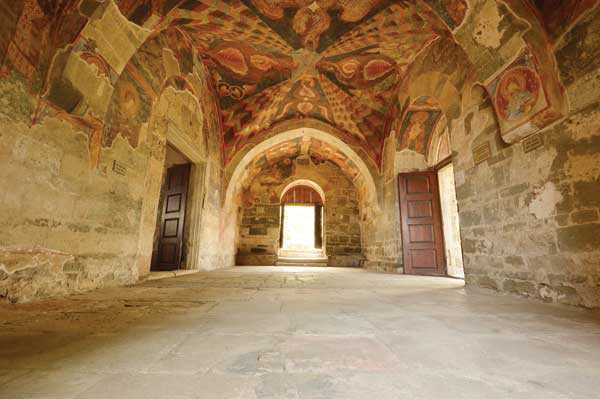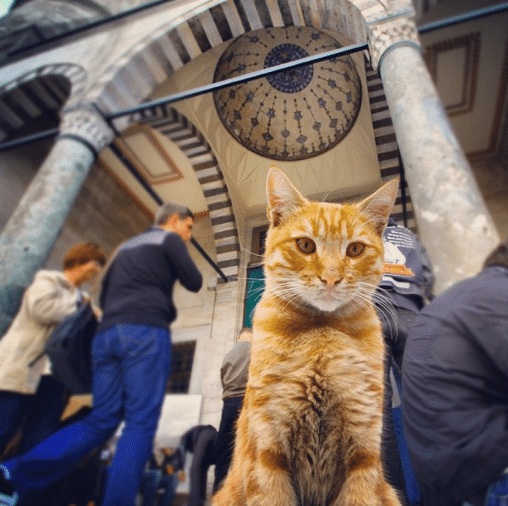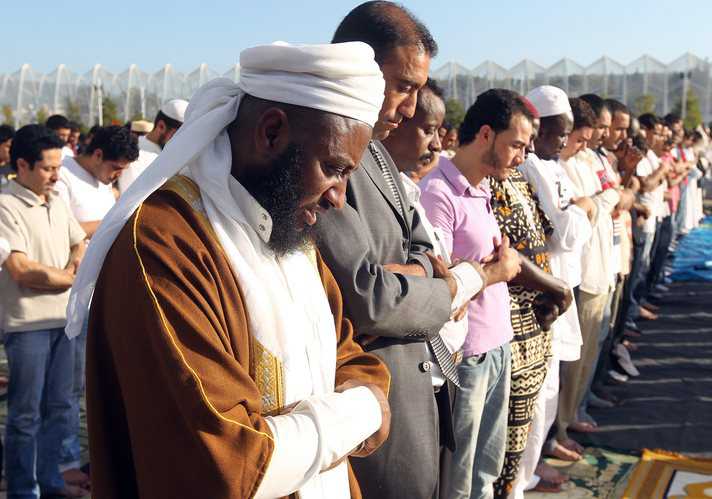Christian art in Byzantine church-turned-museum is at risk after controversial court ruling
By Andrew Finkel. Museums, Issue 245, April 2013
Published online: 11 April 2013

A unique ensemble of 13th-century Christian paintings, sculpture and architecture
One of the most important monuments of late Byzantium, the 13th-century Church of Hagia Sophia in the Black Sea city of Trabzon, which is now a museum, will be converted into a mosque, after a legal battle that has dramatic implications for other major historical sites in Turkey. Many in Turkey believe that the Church of Hagia Sophia is a stalking horse for the possible re-conversion of its more famous namesake in Istanbul, the Hagia Sophia Museum (Ayasofya Müzesi).
For around 50 years, responsibility for the Church of Hagia Sophia in Trabzon has rested with Turkey’s Ministry of Culture and Tourism. The courts now accept the claim made by the General Directorate of Pious Foundations, the government body responsible for most of the country’s historical mosques, that this has been an “illegal occupation”. The court has ruled that Hagia Sophia is an inalienable part of the foundation of Sultan Mehmed II who first turned the church into a mosque after his conquest of the Empire of Trebizond in 1462.
“A building covenanted as a mosque cannot be used for any other purpose,” says Mazhar Yildirimhan, the head of the directorate’s office in Trabzon. He declined to speculate on whether this would mean covering up nearly half the wall space taken up with figurative Christian art, including the dome depicting a dynamic Christ Pantocrator. “There are modern techniques for masking the walls,” he says.
The church was rescued from dereliction (it had been used variously as an arsenal and a cholera hospital) between 1958 and 1962 by the University of Edinburgh under the direction of David Talbot Rice and David Winfield. This included restoring the original ground plan and removing a prayer niche constructed into an exterior porch. The church also has an exterior frieze depicting “the Fall of Man”.
“It is the whole ensemble—architecture, sculpture and painting—that makes Hagia Sophia unique,” says Antony Eastmond of London’s Courtauld Institute of Art, who is an authority on the building. “This is the most complete surviving Byzantine structure; there is no 13th-century monument like it.”
Concern for the building is prompted by the fate of Istanbul’s Arab Mosque—originally a 14th-century Dominican church—also administered by the directorate. An earthquake in 1999 shook loose plaster from the vaults revealing frescoes and mosaics. The conservation of these paintings was finished last year but they were immediately re-covered.
Like its namesake in Trabzon, Hagia Sophia in Istanbul was also turned into a mosque, after Mehmed II’s conquest of the city in 1453. It was famously made into a museum in 1935 by cabinet decree—unlike the informal arrangement in Trabzon. The re-conversion of Istanbul’s Hagia Sophia into a mosque has long been the “golden apple” sought by Turkey’s religious right.
For such a thing to happen would have major implications for the country’s standing as a custodian of world heritage, according to one senior Western diplomat based in Istanbul.
Yet already the current government has been working on a list of historical properties administered by the Hagia Sophia Museum. In January, Istanbul’s oldest surviving church, the fifth-century St John Stoudios, which became the Imrahor Mosque in the 15th century before fire and earthquake left it in ruins, was transferred from the Ministry of Culture and Tourism to the General Directorate, which plans to rebuild it as a mosque.
Shrouded in secrecy
Turkish scholars are also up in arms at the directorate’s decision to transform another ruin, the Kesik Minare in Antalya, into a mosque. The local chamber of architects has gone to court to prevent this happening. Originally a Roman temple, the Kesik Minare has a Byzantine, Seljuk and Crusader past. A plan had already been drawn up to turn the site into an open-air museum.
Recent experience suggests that the directorate reconstructs mosques without regard for the millennia of history they contain. The restoration of the sixth-century Church of Sts Sergius and Bacchus (now the Small Ayasofya Mosque) was shrouded in secrecy and completed in 2006 without the academic community being allowed to conduct a proper survey.
Similar complaints have been levelled against the repurposing of yet another Hagia Sophia—the fifth-century basilica in Iznik where the Second Council of Nicaea was held in AD787. It was a museum, but now it is a mosque. Contrary to accepted archaeological practice, the walls were capped with an attached rather than freestanding roof. “It has lost most of its original character,” says Engin Akyurek, an archaeology professor at Istanbul University. “There is a great difference between conserving a historical building and reconstructing it so it can be used as a mosque,” he says.
via Mosque conversion raises alarm – The Art Newspaper.




